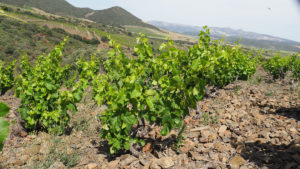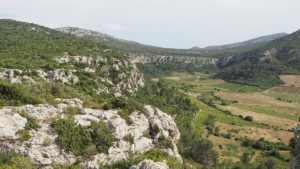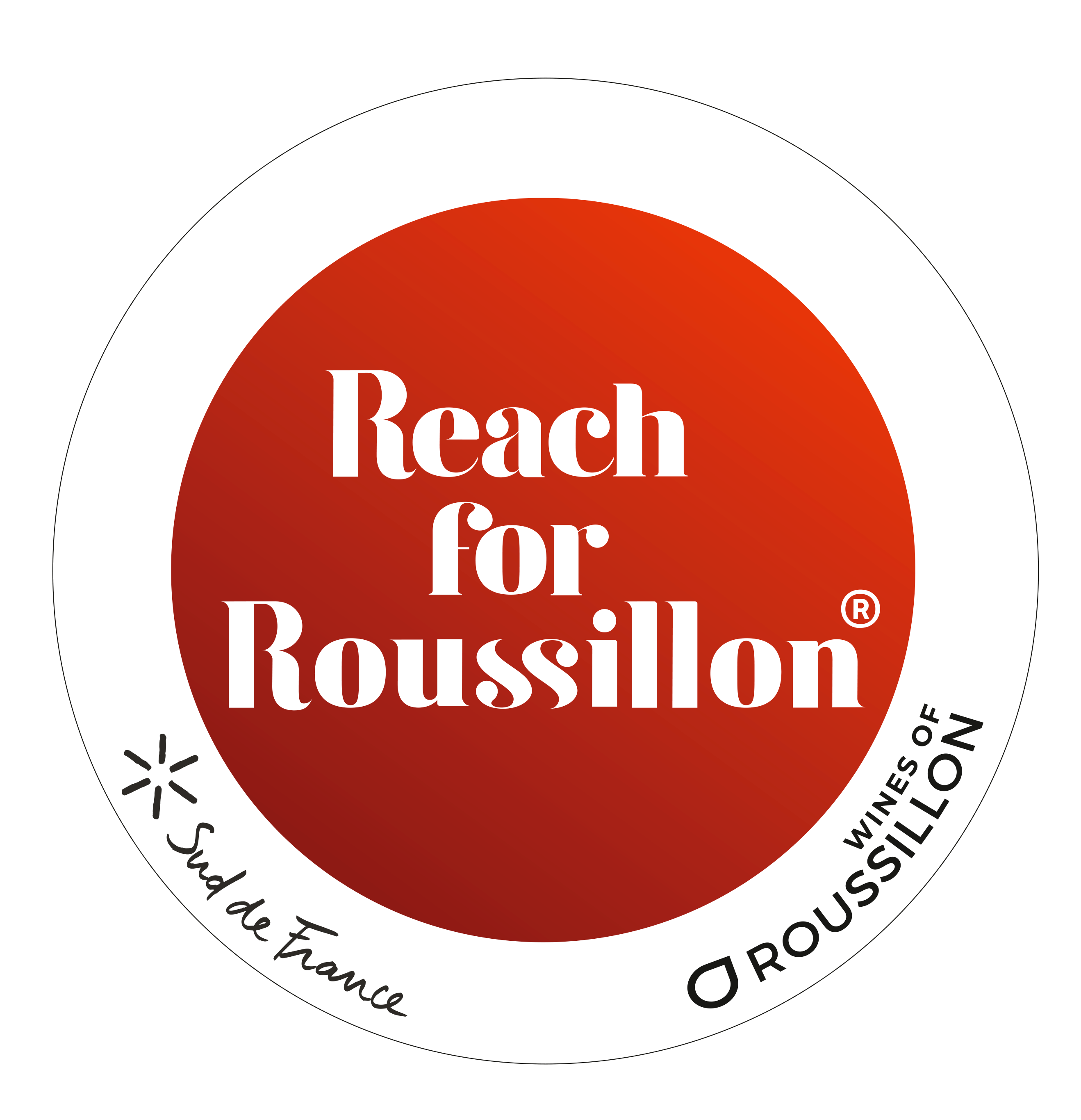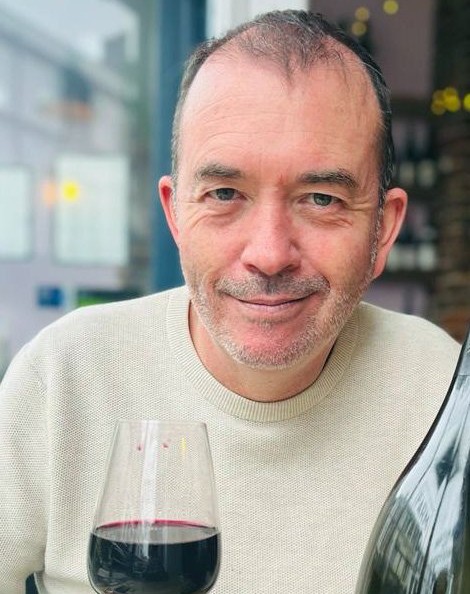The Roussillon looks to the future
Jamie Goode on a fine wine region where innovation is key to combat the effects of climate change.

Maury (Photo Jamie Goode)
The Roussillon is an important wine region. It’s not huge, but it has an amazing quality of vineyard soils with the ideal set of grape varieties with which to express them. And it has shed the attachment to the Languedoc, a much bigger neighbouring wine region that has in the past been focused on volume rather than quality. The Languedoc is now making some quite interesting wines, but most of this huge region’s production is still inexpensive, undistinguished wines. The fact that the Roussillon was tagged on to the Languedoc, with the wine world referring to the ‘Languedoc Roussillon’, was a problem for its image. It was lost in a sea of cheap wine and seen as a bit of a side-show to the larger region. But this is a fine wine region, and when you visit and see some of the terroirs, it’s hard not to be impressed.

Tautavel (photo Jamie Goode)
The region makes sense when you look at the map. This is Catalan country as much as it’s part of France, and it’s an amphitheatre, bounded at the east by the Mediterranean Sea, the Corbières hills to the north, the Albères to the South and then the Pyrenées to the west. Within this area there are three river valleys, and perhaps the most interesting terroirs, to the north, are designated as villages who can put their names on the label. When you look closely, this clearly isn’t a region for bulk wine production.
‘The yields in the Roussillon are some of the lowest in the world,’ says Eric Aracil, co-director of the interprofessional board, ‘but in terms of soils and terroirs it is one of the best in the world.’ In 2024 the yields were particularly low: 18 hectolitres per hectare across the board. The 10-year average is 30 hectolitres per hectare. So even if growers were encouraged by the French government to produce lots of wine in the past, often they simply couldn’t. The challenge has always been that this region is one of the warmest and driest in France, and droughts have always been part of the equation here. In 1925 they had seven years of drought: it’s part of the cycle here. More on this later.
So, the new Roussillon is all about terroir wines, made from interesting local grape varieties, and because of the varied terroirs here, there is a natural diversity. The emphasis on fortified wines that was such an important part of the wine story here has shifted more towards dry unfortified wines. The fortifieds are still here (20% of production), and are excellent, but the modern marketplace doesn’t have the same hunger for them as it did in the past. Helping to drive this shift to dry terroir-influenced wines has been an influx of newcomers, and not just foreigners, but other French producers. Notable here have been incursions from Chapoutier in the Rhône, and Gerard Bertrand and Jean-Claude Mas from the Languedoc.
Another story here has been the shift towards white wines, moving from just 3% of production 20 years ago to 11% now. Encouragingly, 32% of the vineyard surface here is certified organic, well above the national average.

Lafage’s biochar trial (photo Jamie Goode)
The big challenge for the region is water availability. You can have a suite of grape varieties with good drought resistance, and the Roussillon does, but even then, vines need at least some water to grow! This is something many winegrowers are looking at carefully now. One of the most innovative is Jean-Marc Lafage, who is busy trialling a soil amendment called biochar. Soils with more carbon in them are better at holding water, and one way to get better soil organic carbon is to have cover crops, which encourage microbial life. This in turn increases the ability of water to enter the soil when it rains, rather than washing away – bare soils encourage erosion. But another way to lock carbon in soils and increase their life is using biochar, which is made from various plant sources that are burned in a very low oxygen environment. This is called pyrolysis. Initial trials show great promise.
Another way of helping vineyards resist drought better is called agroforestry, which involves planting trees in the vineyard, either on the periphery of blocks, or even in the vine rows. This helps shade the vineyard, and it also makes for a cooler microenvironment. The tree roots pull up water and nutrients from deep down, too. This is an area of intense interest in warmer French regions, and Gauby have been leading the way in the Roussillon.
There is also interest in what’s known as regenerative hydrology, or keyline water management. This involves studying the vineyard and looking at where water is naturally draining, then engineering things so that more of it stays on the property and infiltrates the soil layers. This approach shows a lot of promise.
If the region makes more progress on the water issue, then I see a very bright future for the Roussillon.





